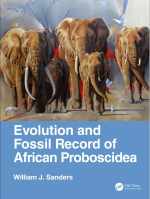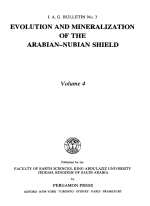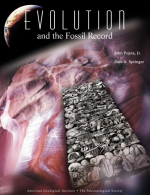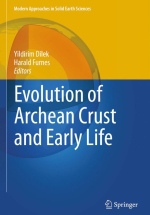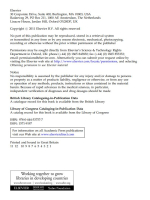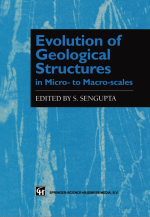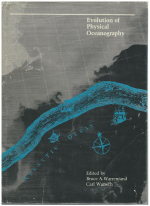Africa holds extraordinary prospects for the paleontological investigation of mammalian evolution. Largely still inhabited by relic Plio-Pleistocene mammalian faunas, it is populated by animals such as giraffes, rhinos, lions, gazelles, zebras, okapis, and giant forest hogs, as well as descendants of endemics of longer residence such as hyraxes and catarrhine primates, beneficiaries of having been sheltered from the most extreme effects of climate and ecological change due to the position of the landmass astride the equator, the only continent to span both northern and southern temperate zones (Sanders and Werdelin, 2010). Occupying 20% of the world’s landmass, Africa is home to approximately a quarter of all living mammals (Kingdon, 1997; Medellín and Soberón, 1999), encompassing a tremendous range of species and adaptations, fostered by the size and physical and ecological heterogeneity of the continent (Kingdon, 1989; O’Brien and Peters, 1999). <...>



